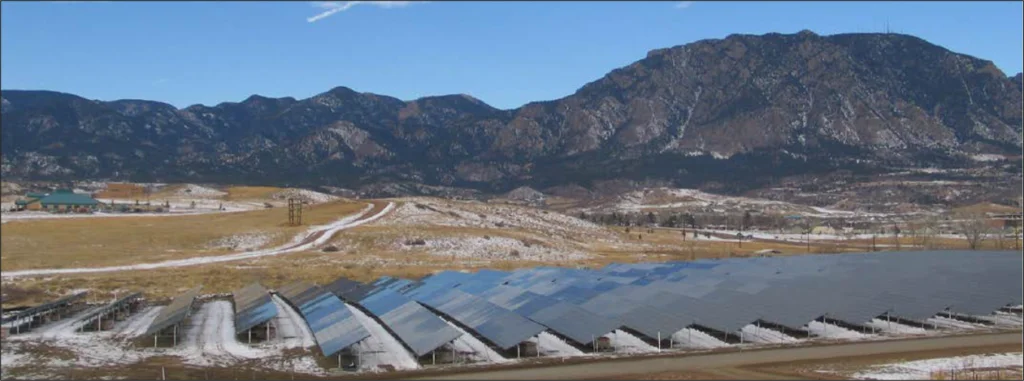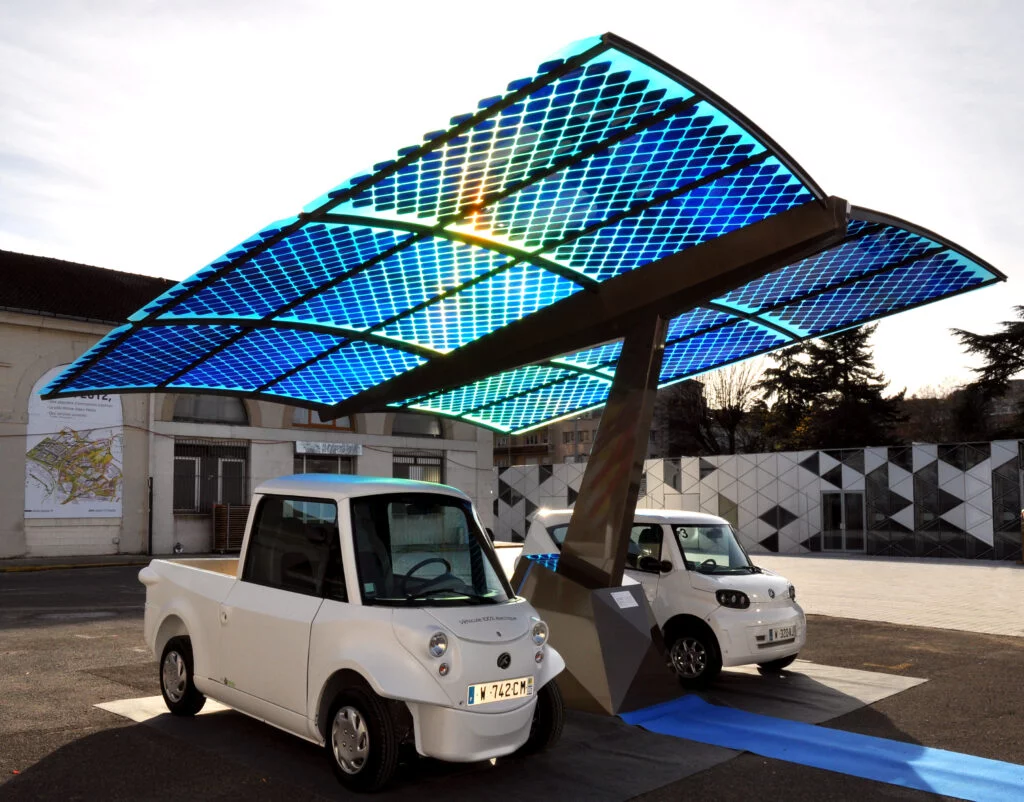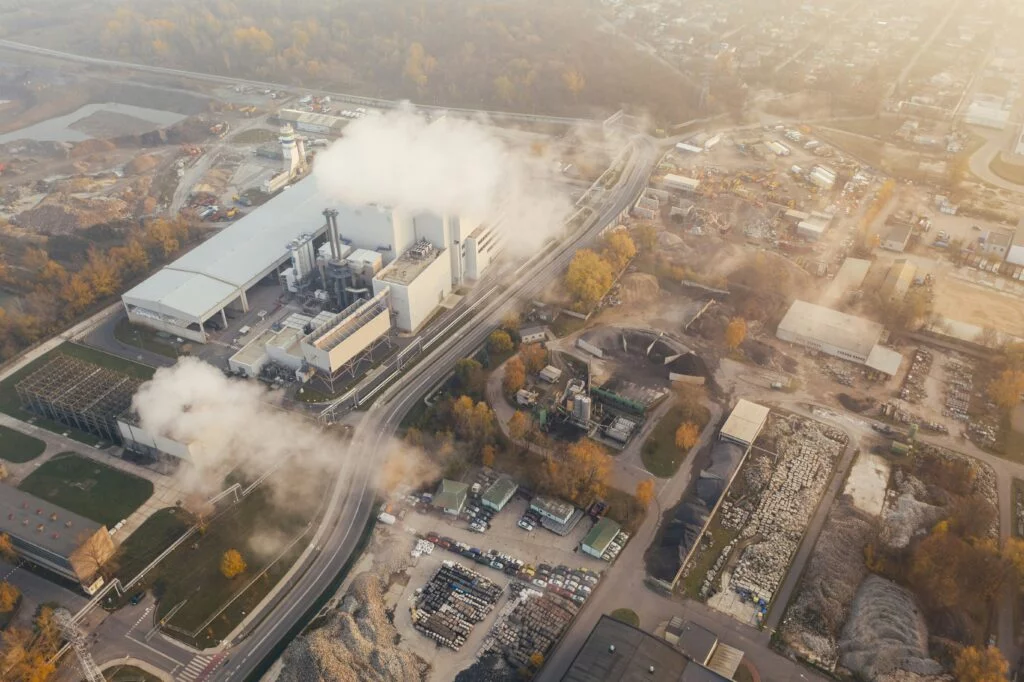The US Department of Defense is fast-tracking clean energy advancements to bolster military safety, ensure energy security, and cut costs. The Pew Charitable Trusts report is titled ‘From Barracks to the Battlefield: Clean Energy Innovation and America’s Armed Forces.’ It reveals a 200% surge in DoD clean energy investments. These investments increased from $400 million to $1.2 billion between 2006 and 2009. Projections hint at a substantial annual increase, potentially reaching over $10 billion by 2030.
The U.S. military integrates climate change considerations into planning. It addresses the impact of climate events on military infrastructure. It develops green fuels to reduce its reliance as the largest institutional consumer. Additionally, it anticipates new security threats related to climate change. These threats include resource scarcity, migration, and armed conflicts. These concerns are fundamentally tied to ensuring military operability.

Military’s Climate Strategy
The Military’s Department of Defense (DOD) plans to invest in climate initiatives. This includes $2 billion for stronger installations. Additionally, $550 million will be allocated for energy programs. Another $20 million is earmarked for readiness in climate scenarios. Around $250 million will be dedicated to operational energy efficiency. Moreover, over $800 million will be invested in science and technology for better vehicles and innovative aircraft.
The Military’s Climate Strategy aims for a resilient and sustainable force. It addresses climate change through mitigation and adaptation measures. These measures are in line with modernization efforts. Goals include a 50% GHG reduction by 2030, net-zero emissions by 2050, and considering climate change’s security implications across strategic aspects. Installations will enhance resilience by adapting infrastructure, mitigating GHG emissions, and ensuring access to training lands. Acquisition & Logistics focus on operational improvement and climate resilience, while Training prepares the force for effective operations in a climate-altered world. Implementing a comprehensive strategy, The Army plans to install microgrids on all installations by 2035, aiming for carbon-pollution-free power for critical missions by 2040.
Edwin Oshiba is the assistant secretary of the Air Force for energy, installations, and the environment. He emphasized that the climate plan and energy initiatives are driven by the goal of enhancing combat capability. The focus is on addressing challenges arising from the impacts of climate change. The Air Force aims to transition its entire non-tactical vehicle fleet to zero-emission vehicles by 2035. The Department of the Air Force is committed to prioritizing infrastructure and facility modernization. It also aims to develop a climate-informed workforce. Additionally, it is focused on improving logistics and supply chain practices. The department is working on reducing operational energy intensity. Moreover, it is incorporating alternative energy resources into its operations.

Military’s Green Facade
Scientists for Global Responsibility (SGR) notes that armed forces contribute 6% of global greenhouse gas emissions. The Pentagon, a top oil user, emits vast GHGs without emission mandates. The Department of Defence accounts for nearly 80% of federal fuel use. UK’s emissions tally 11 million tonnes, EU at 24.8 million tonnes, a third from France, but these figures might be underestimated due to limited transparent data.
Despite the portrayal of military efforts as going green, the primary reason for shifting to renewables is the military’s vulnerability due to reliance on fossil fuels. Ray Mabus, former US Navy secretary, bluntly stated that the move to alternative fuels in the Navy and Marine Corps aims to enhance combat effectiveness. The 2016 deployment of the Great Green Fleet demonstrated the pivotal role of energy-efficient systems and alternative energy in boosting combat capability, enhancing readiness, and ensuring mission success.
Secretary of Defence Mattis pushed for more effective missions by cutting fossil fuel use, dating back to the Second Iraq War. His 2005 “Future Fuels” document urged the Pentagon to break free from oil’s limitations, which hindered mobile units during refueling in the Iraqi desert. President George W. Bush later mandated a reduction in fossil fuel reliance, aiming for 25 percent renewable energy in military facilities by 2025.

Determining the Cause and Effect
The shift, including an emphasis on efficiency and interest in low-carbon technologies, is pivotal as it points toward climate politics expanding military policies globally, with the Pentagon leading progressive energy initiatives and backing renewable energy research. It transforms climate change from merely a threat multiplier to a force multiplier, enabling the US military to operate more effectively abroad for extended durations. While solar power, electric vehicles, and aiming for “carbon neutrality” might improve fuel efficiency, they don’t reduce the violence or oppression of the U.S. military. The goals of such eco-friendly aspirations clash with militarism at their core.
Despite tech advances benefiting solar and wind, potential EROI challenges loom due to storage demands, less productive sites, increased mining needs, and less efficient materials, impacting overall energy returns. Decarbonizing challenging sectors, such as transport and manufacturing, faces obstacles. Electrifying transport, while beneficial, strains less efficient renewable sources. Hydrogen contributes to emission cuts but encounters cost barriers. Also, EROI from initial costs may impede advancements, affecting economies and climate policies in influential nations. Military decarbonization is challenging due to high energy needs, and a global shift to 100% renewables could require significant demilitarization.
Even when framed under the sustainability efforts the inherent destructiveness of the war, violence, and expansion persists and thus, using eco-friendly military tech for power and conquest poses concerns. Examining who benefits from this shift to green technology within institutions like the U.S. military is crucial. Strategies aimed at reducing military emissions lack clear links to broader environmental goals.

Geopolitical Military – Industrial Complex
The climate justice movement advocates for a shift away from this extractive paradigm and conflicts with militarism. Industries profiting from war now explore commercial opportunities in environmental security amid climate chaos. Wealthy nations pursuing green energy goals by exploiting resources elsewhere may intensify global disparities, risking inequality in energy resource control. The conflict in Ukraine triggered three key policy changes. It shifted views on energy dependence, highlighting its role in geopolitical security. Clean energy is now seen as crucial for “security of supply” and reducing reliance. The Sino-Russian energy bond changed due to Russia’s aggression and China’s alignment. Post-invasion, Western policymakers are speeding up energy transitions to bolster security and cut Moscow’s energy earnings through renewables and reduced consumption.
Globally, the incorporation of emission reduction into defense strategies is limited, creating potential gaps as nations pursue climate goals at different rates within their armed forces. The interdependence of the fossil fuel and military-industrial complex in the extractive economy model raises concerns. The idea of low-carbon warfare raises concerns about potential impacts on conflict engagement. In essence, does striving for low-carbon warfare essentially prolong the use of military force in a net-zero future?

Conclusion
Despite extensive investment in clean energy initiatives and strategies, concerns persist about the underlying nature of military actions. Military actions are linked to broader environmental goals. They also have potential implications on global politics, economy, and security. To drive change, it is essential to scrutinize the concurrent evolution of global politics, the economy, security practices, and military power on a worldwide scale. Rather than conducting an isolated analysis of the transition to renewable energy. Rather than conducting a separate analysis of the transition to renewable energy, it is crucial to consider its interconnected implications on politics, the economy, and security as integral components of a unified system.
About the Author
Simran Goyal

Intrigued by art, architecture, culture, mythology, and history, I’m a Kathak dancer connected to the world of experience, an avid reader, and a socio-political enthusiast. The dynamics of geopolitics, sanity, strategic studies, and socio-political issues captivate me in unconventional ways. I aspire to transform societal perspectives and debunk false narratives. Observing the world out and within, I cannot stay shut; my analytical mind compels me to address matters that interest me, advocating for substantive change.






